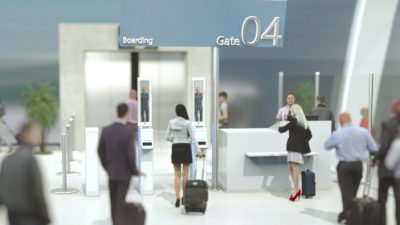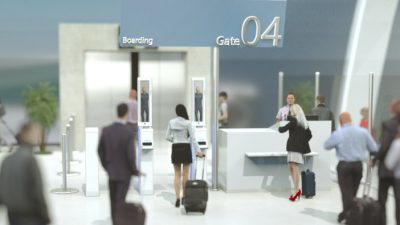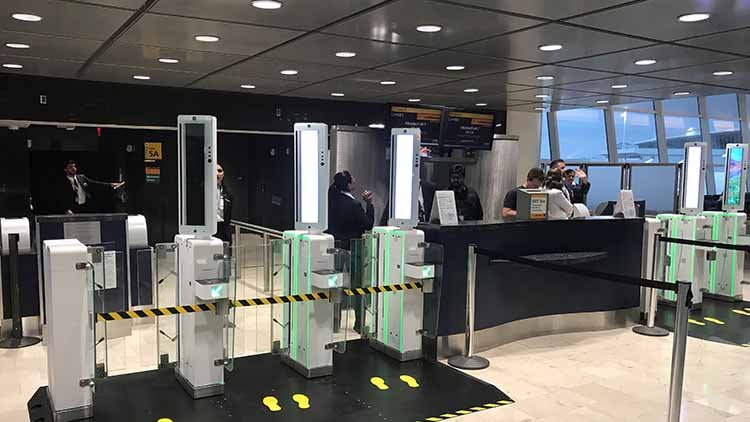JFK’s Terminal One Becomes Window for Biometric Visions
Vision-Box and TOGA are partnering to launch biometric boarding at JFK
October 22, 2019


Vision-Box and Terminal One Group Association (TOGA) are partnering up to providing a seamless path to faster boarding through biometric technology at New
York’s John F. Kennedy International Airport (JFK).
Lufthansa is the launch carrier deploying the one-step paperless biometric boarding process at their largest US gateway. Air France, Japan Airlines, and Norwegian Airlines are expected to follow suit at the terminal that operates gates for some 22 international carriers.
With rising passenger volumes and demand for quicker and contactless processes, airports are increasingly turning to biometrics as a prime solution. Airlines can enplane up to 500 passengers in under 20 minutes, improving the guest experience with using facial recognition to replace passport and boarding pass checks.
The biometric platform is designed to securely identify travelers with a brief glance at a camera and instantly verify their identity with US CBP, although these systems can faulty and are being challenged by some civil rights groups.
The one-step process is intended to validate the eligibility of the traveler without having to present a passport or boarding pass.
 The Vision-Box seamless boarding solution is certified by the Privacy-by-Design seal, which means that personal biographic and biometric data is managed by an audited and certified software platform designed for maximum protection. No personal data or images is stored by private entities but the US government does maintain the US departure information.
The Vision-Box seamless boarding solution is certified by the Privacy-by-Design seal, which means that personal biographic and biometric data is managed by an audited and certified software platform designed for maximum protection. No personal data or images is stored by private entities but the US government does maintain the US departure information.
The platform accommodates the individual carriers’ boarding processes through next-generation common-use services enabling JFK to operate these capabilities smoothely.
The deployment of biometric boarding has strategic purposes for the US government as well. The boarding solution was fast-tracked for use by CBP’s Biometric Exit program and, within the next four years, it is expected that CBP’s Biometric Exit technology will cover more than 97% of departing commercial air travelers.
How the Biometric Boarding Platform Works
The passenger approaches a self-boarding eGate. A biometric-enabled camera ergonomically integrated in the eGate captures the passenger’s facial image. The image is securely sent to the CBP TVS (Traveler Verification Service), which conducts a matching process with the stored digital facial token, captured at the initial
immigration process or from the US passport. Within seconds the system reconciles the passenger identity and his eligibility to enter the flight. The positive match of both verifications triggers to open the eGate doors and the passenger can board the airplane.




